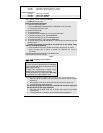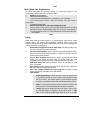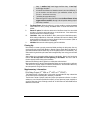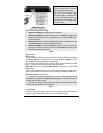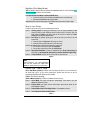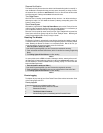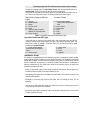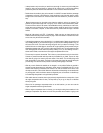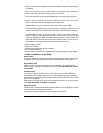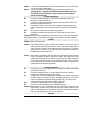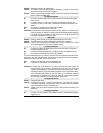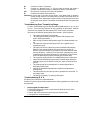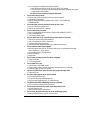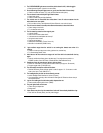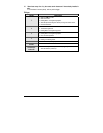
CT-5000 Installation Guide P.21
made. This extra bit wire is wrapped around the exposed OEM wire to secure in place while you
are soldering.
− When all of the wires have been connected, solder the connections. When the solder has
cooled, the connections are then individually taped up, to isolate them.
− Return to the engine bay and route the start module wires to their corresponding connections.
− Solder the engine compartment wire once the connections are made. When the solder has
cooled, the connections are then individually taped up, to isolate them.
− Use your DMM to verify your ground location is good, before Grounding the module.
− The last step before programming is to power the module up. Replace the power fuses on the
power wire fuse holders. The module will flash the Park lights twice confirming the powering up.
− If you are installing an Alarm / Starter combo module: The siren will be sounding at this point.
Place the module into Valet mode to silence the siren. Take the module out of valet mode to
continue the programming. ( note: the module default programming is passive arming, after
exiting valet mode, the alarm will start the count down for passive arming. You have 30 sec. to
begin the Remote control programming procedure, before the module re-arms)
- Program the Remote control
- Program the Tach Signal
- Change the programming of the options, if necessary
- Test the module's operations
- If all of the testing is successful the install is complete, and the vehicle can be put back together.
A basic introduction to the Relay:
What is a relay?
A device that responds to a small current or voltage change by activating switches or other devices
in an electric circuit. An electromagnetic switch, remote controlled switch, a switching device.
Why are Relays used?
Relays can have several purposes in remote car starter installations. They are used mainly for
isolation, inversion, interruption, strengthening current, and for powering multiple wires from one
source SAFELY.
How does it work?
The basic relay consists of a coil and a set of contacts. The most common relay mechanism is
electromagnetic. When voltage is applied to the coil, current passes through the wire and creates a
magnetic field. This magnetic field pulls the contacts together and holds them there until the current
flow in the coil has stopped.
Relays come in all varieties and types, but for the applications that concern us, we will concentrate
on the Single Pole Double Throw (SPDT) 12 Volts relay.
Naming Convention:
Usually the relay’s manufacturer will include an electrical diagram on the relay displaying the role of
each terminal and how they interact with each other.
These terminal numbers are standard, and can be used with any SPDT relay.



